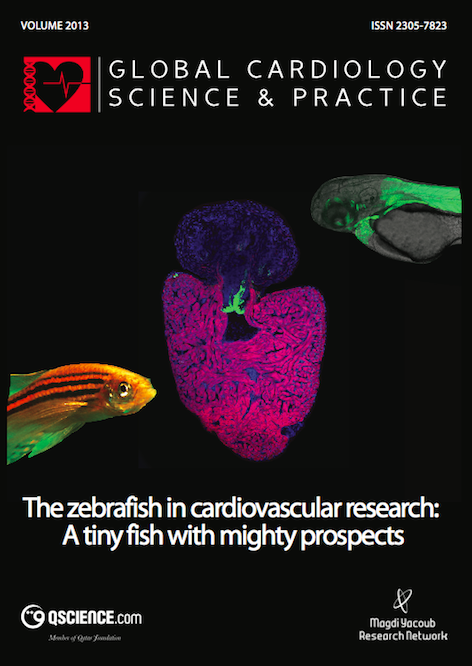The zebrafish model system in cardiovascular research: A tiny fish with mighty prospects
Abstract
[no abstract - first paragraph of article]
The zebrafish Danio rerio, a tropical freshwater fish, belongs to the family of cyprinidae, which in the last 30 years has developed into a very popular model organism for studies of embryonic development and human diseases. Initially the zebrafish species has been selected on the basis of its small size of approximately 3–5cm, its transparency during development and its high fertility, qualities first identified by George Stresinger, the founding father of zebrafish research. The ability to house thousands of small fishes and the ease of screening mutations in the translucent embryos made it feasible to perform large-scale forward genetic screens in a vertebrate model organism. The abundance of eggs obtained, approximately 200 eggs per female per week, is ideal for genetic and statistical analysis. The mutagenesis screens performed in the early 1990s have led to the identification of genes important in vertebrate organogenesis in an unbiased fashion. Many of the isolated mutants have now been fully characterized and the mutated genes mapped, as the zebrafish genome sequencing completes. The knowledge derived has led to a better understanding of the underlying genetic networks governing vertebrate development. More sophisticated phenotype-based screens have since been developed to screen for mutations in defined biological processes.
Downloads
Published
Issue
Section
License
This is an open access article distributed under the terms of the Creative Commons Attribution license CC BY 4.0, which permits unrestricted use, distribution and reproduction in any medium, provided the original work is properly cited.


